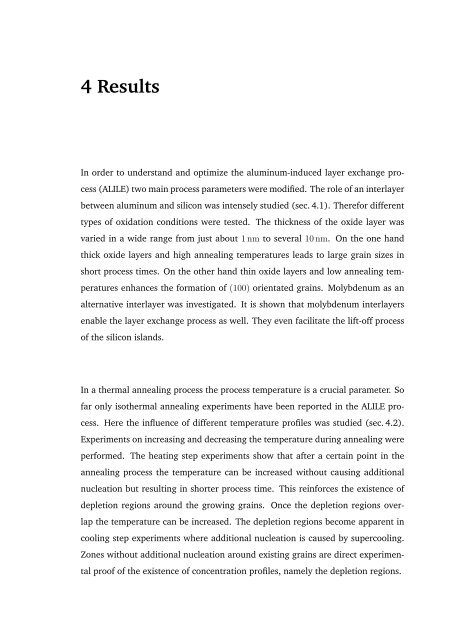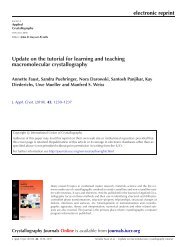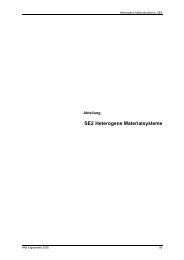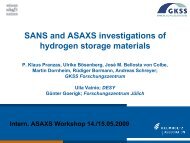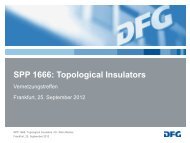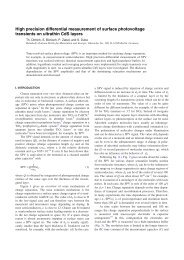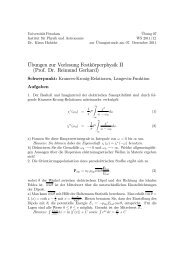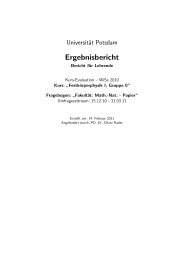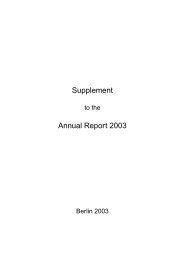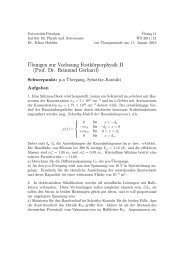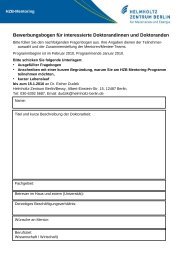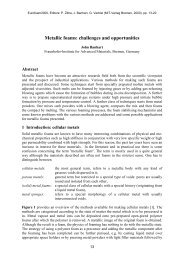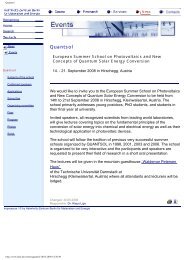(a) 100 µm - Helmholtz-Zentrum Berlin
(a) 100 µm - Helmholtz-Zentrum Berlin
(a) 100 µm - Helmholtz-Zentrum Berlin
You also want an ePaper? Increase the reach of your titles
YUMPU automatically turns print PDFs into web optimized ePapers that Google loves.
4 Results<br />
In order to understand and optimize the aluminum-induced layer exchange pro-<br />
cess (ALILE) two main process parameters were modified. The role of an interlayer<br />
between aluminum and silicon was intensely studied (sec. 4.1). Therefor different<br />
types of oxidation conditions were tested. The thickness of the oxide layer was<br />
varied in a wide range from just about 1 nm to several 10 nm. On the one hand<br />
thick oxide layers and high annealing temperatures leads to large grain sizes in<br />
short process times. On the other hand thin oxide layers and low annealing tem-<br />
peratures enhances the formation of (<strong>100</strong>) orientated grains. Molybdenum as an<br />
alternative interlayer was investigated. It is shown that molybdenum interlayers<br />
enable the layer exchange process as well. They even facilitate the lift-off process<br />
of the silicon islands.<br />
In a thermal annealing process the process temperature is a crucial parameter. So<br />
far only isothermal annealing experiments have been reported in the ALILE pro-<br />
cess. Here the influence of different temperature profiles was studied (sec. 4.2).<br />
Experiments on increasing and decreasing the temperature during annealing were<br />
performed. The heating step experiments show that after a certain point in the<br />
annealing process the temperature can be increased without causing additional<br />
nucleation but resulting in shorter process time. This reinforces the existence of<br />
depletion regions around the growing grains. Once the depletion regions over-<br />
lap the temperature can be increased. The depletion regions become apparent in<br />
cooling step experiments where additional nucleation is caused by supercooling.<br />
Zones without additional nucleation around existing grains are direct experimen-<br />
tal proof of the existence of concentration profiles, namely the depletion regions.


